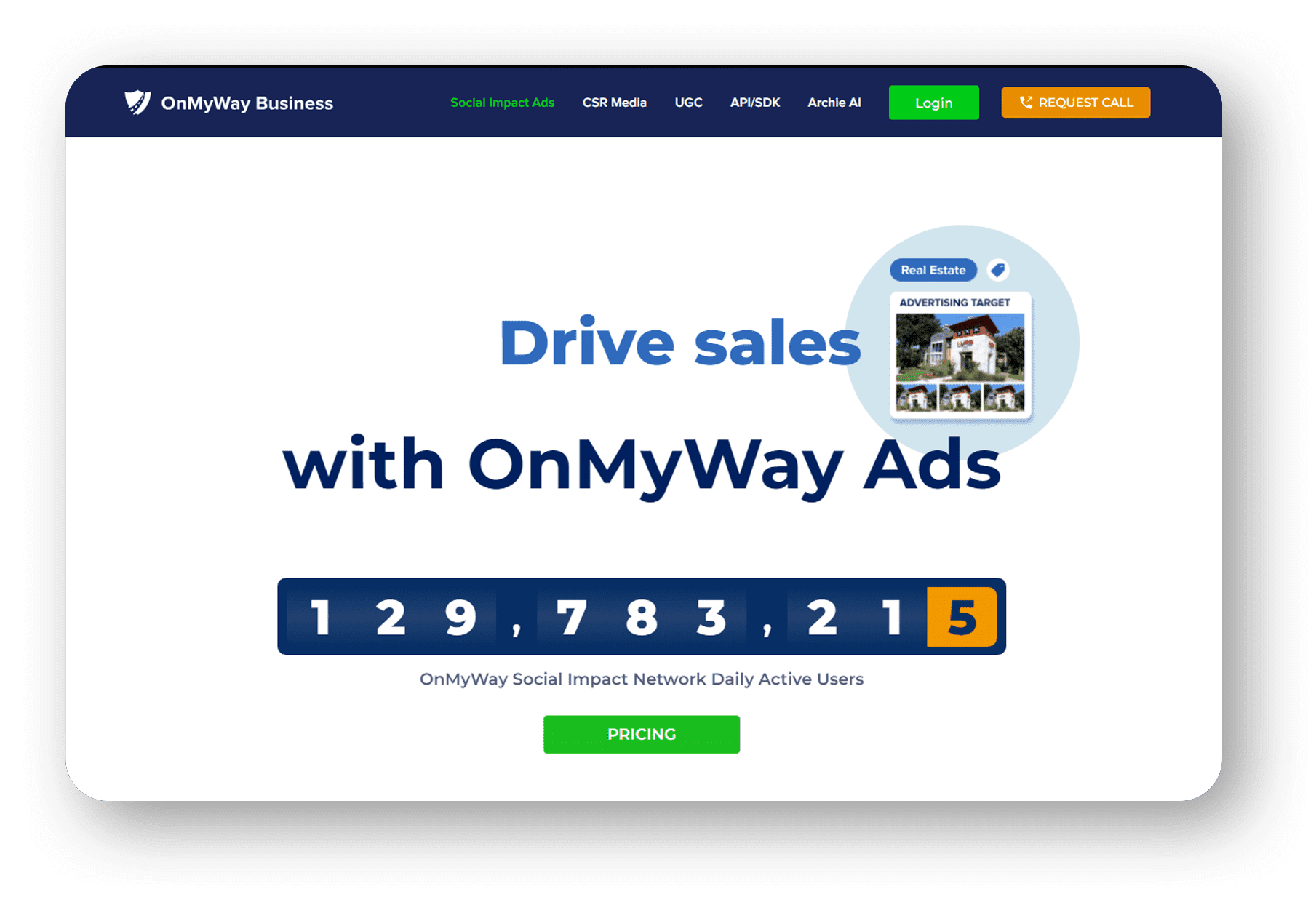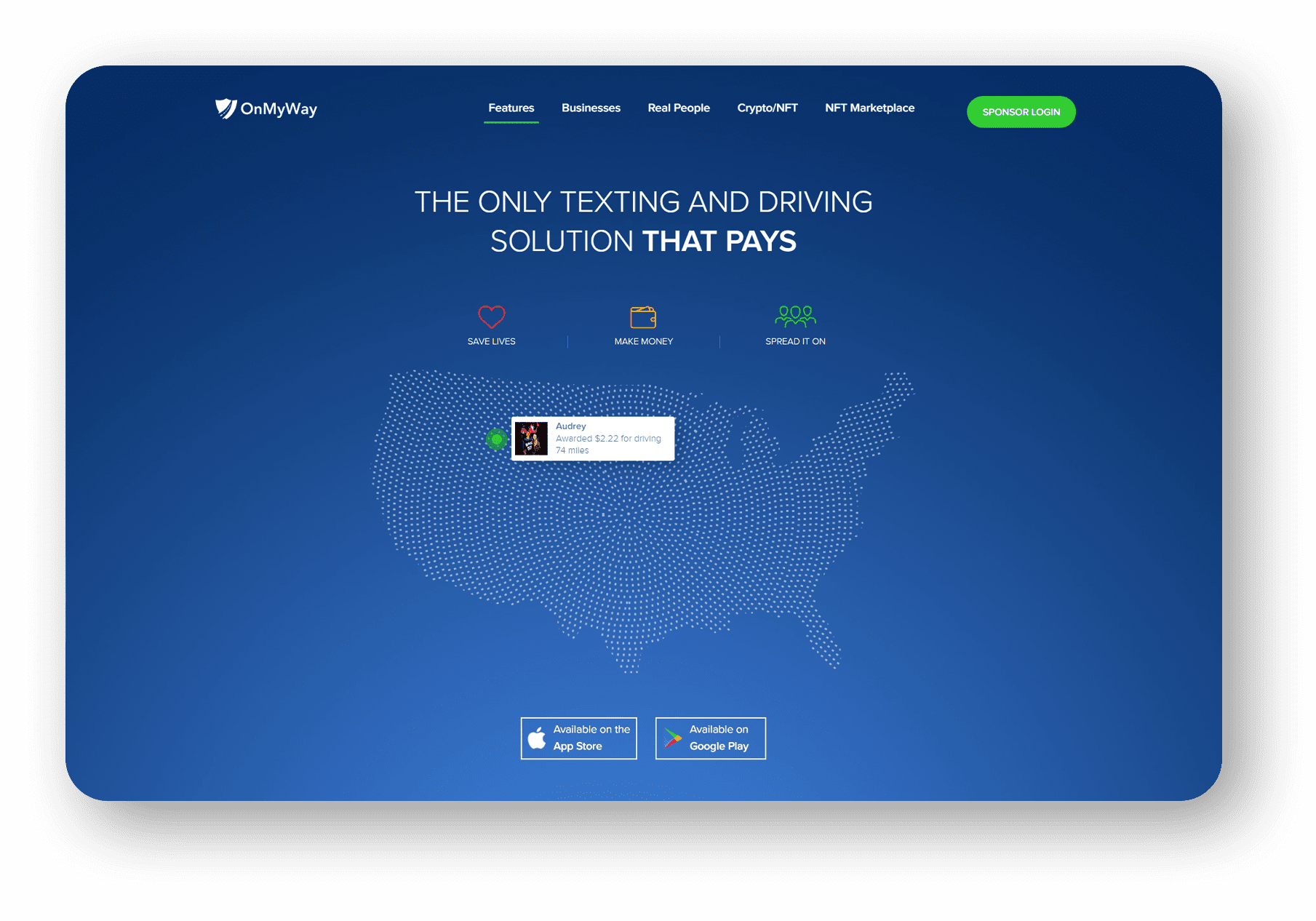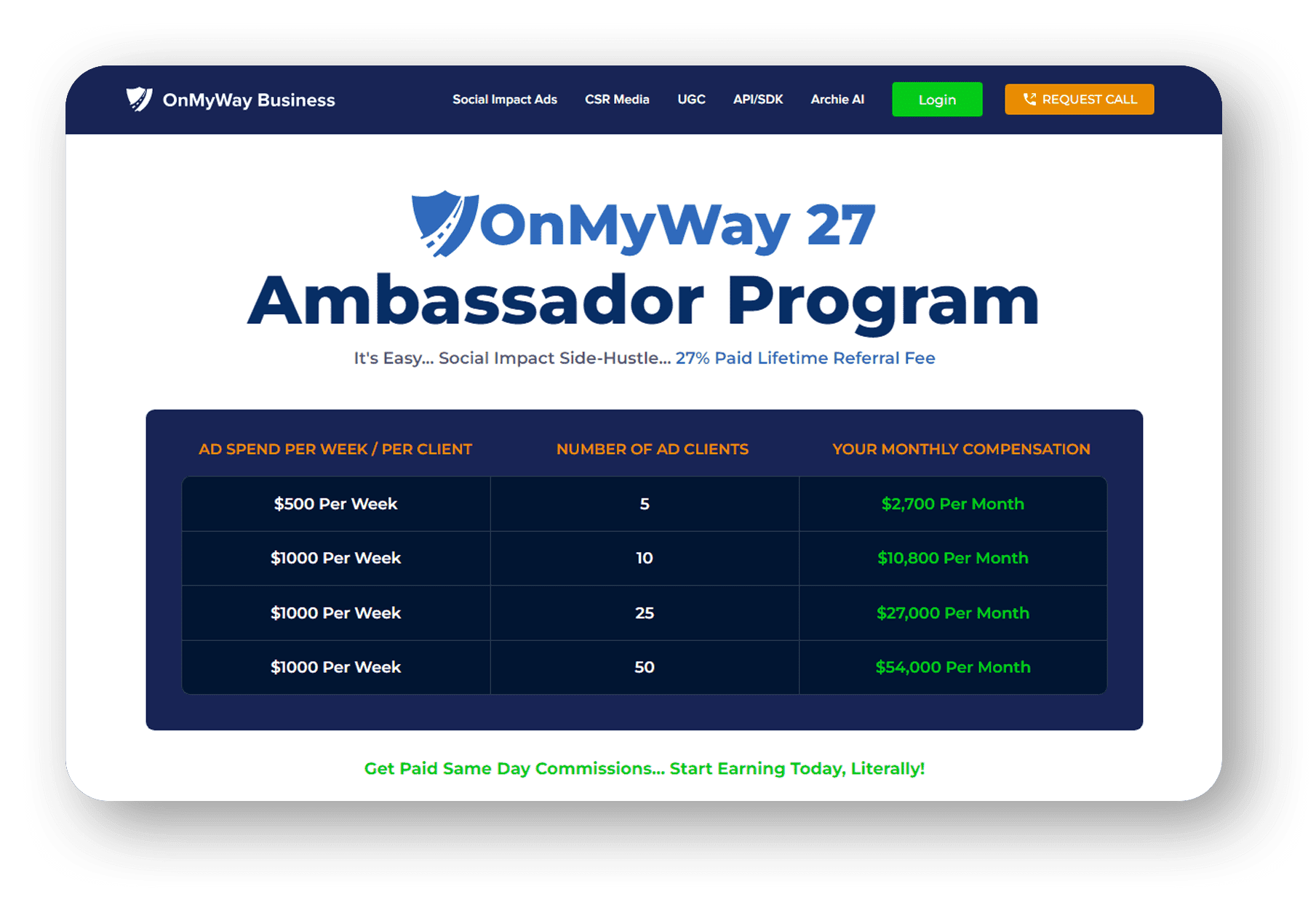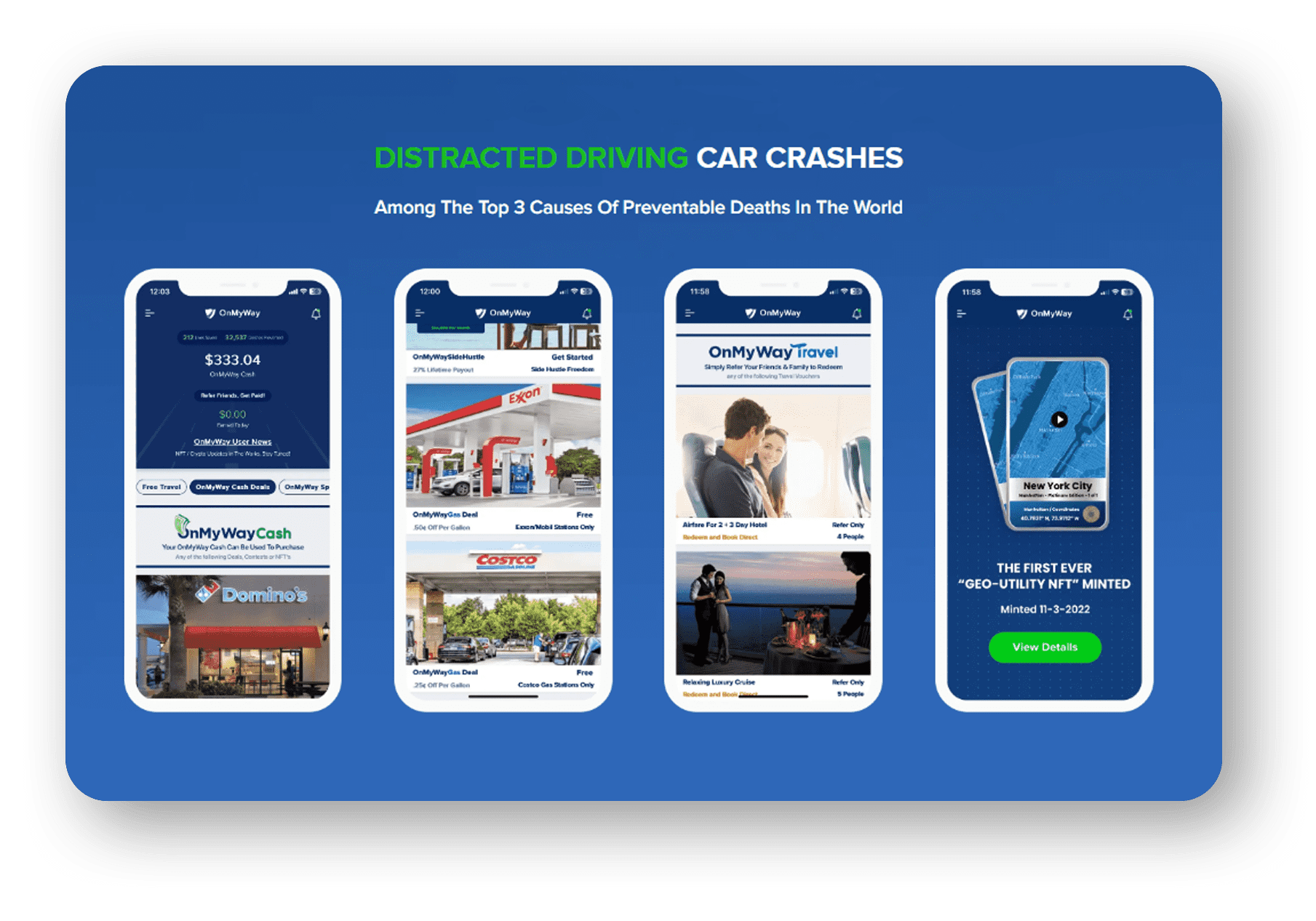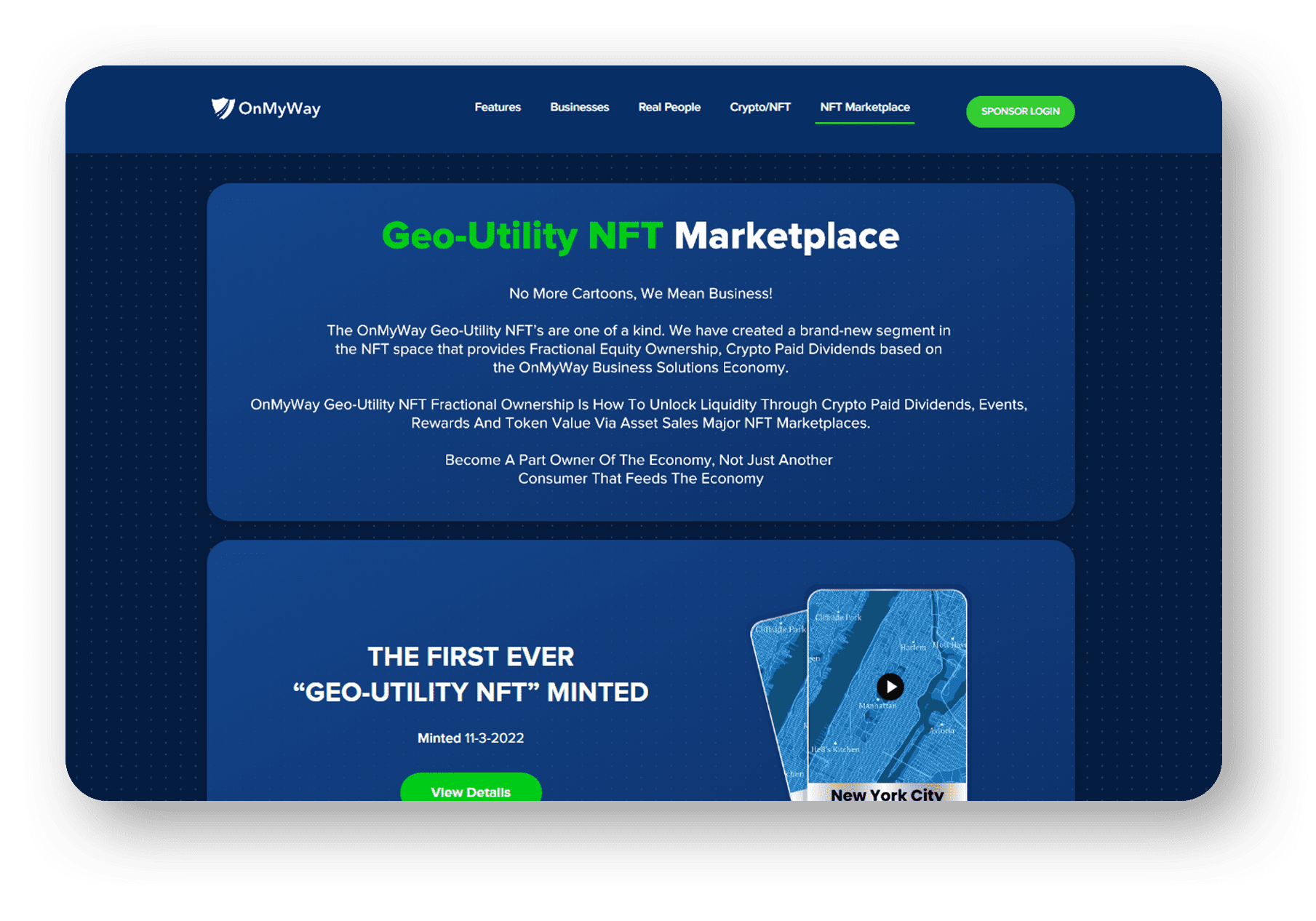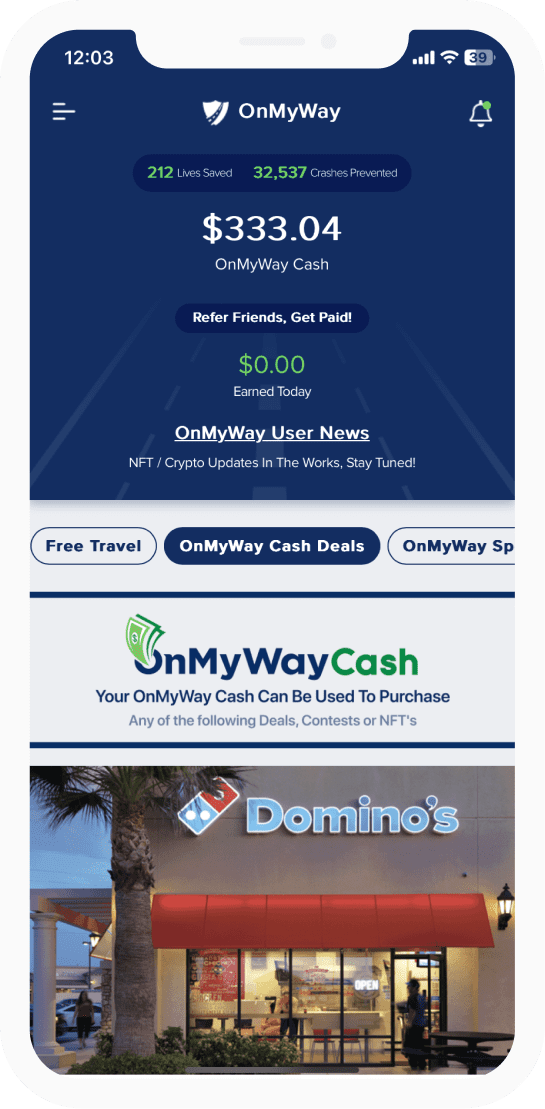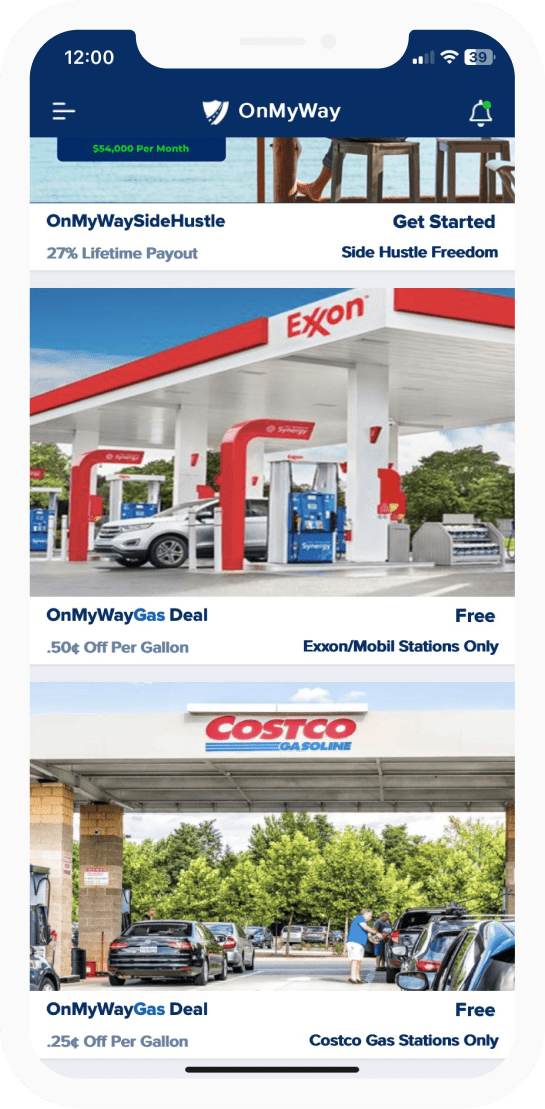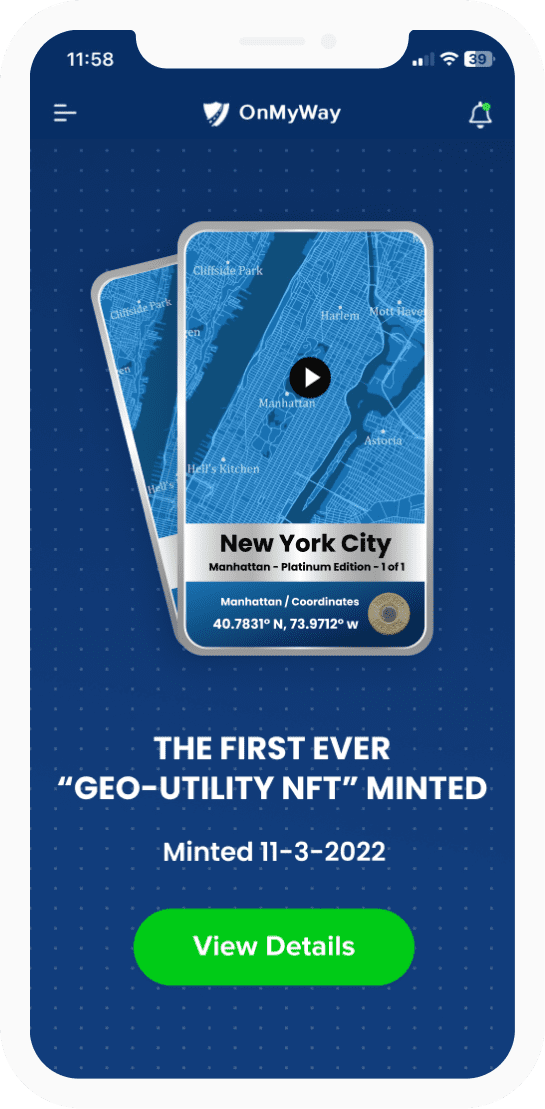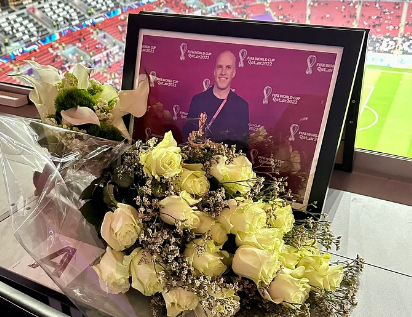
FIFA officials have paid tribute to Grant Wahl by placing flowers & a photo of him on the desk
Sports reporter Grant Wahl died of a rupture of an ascending aortic aneurysm with hemopericardium – an accumulation of blood in the sac around his heart – his wife, Dr. Céline Gounder announced on Wednesday. The aneurysm was slowly growing and had gone undetected, she wrote in a statement on Substack.
“The chest pressure he experienced shortly before his death may have represented the initial symptoms. No amount of CPR or shocks would have saved him. His death was unrelated to COVID. His death was unrelated to vaccination status. There was nothing nefarious about his death,” Gounder wrote.
An aneurysm occurs when a weak spot in a blood vessel bulges or balloons out. In Wahl’s case, the bulge was in the aorta, the largest artery carrying blood away from the heart. An ascending aortic aneurysm happens when the bulge is located in the section of the aorta that is close to the heart, right where it begins to climb out of the lower left pumping chamber.
If left untreated, aneurysms can cause the wall of a blood vessel to split or burst, leading to death.
It’s very rare to survive an event like the one that happened to Wahl, said CNN Medical Correspondent Dr. Tara Narula, who is a practicing cardiologist.
Narula said the blood in the sac around the heart is an indication that the artery wall had ruptured.
“Normally there’s no blood in that space. And what can happen is if there’s enough blood that gets in there, the heart essentially can’t beat because it sort of compresses the heart, and you can have a cardiac arrest,” she said, adding that she couldn’t comment specifically on what with Wahl, because she didn’t have any personal knowledge of his case.
Aortic aneurysms were the cause of death for about 10,000 people in 2019, according to the US Centers for Disease Control and Prevention.
Aneurysms in the chest become more common as people age. They are slightly more common among men than women, according to the American Heart Association. They are usually caused by high blood pressure or sudden injury, or a history of high cholesterol or smoking.
Certain inherited conditions such as Marfan syndrome or Ehlers-Danlos syndrome can make it more likely for a person to experience one.
What is an aortic aneurysm?
An aortic aneurysm is a balloon-type bulge in the aorta that can weaken one or all of the layers of the aortic wall, causing a dissection or rupture that “can have major catastrophic consequence,” said Milind Desai, medical director at the Center for Aortic Diseases at the Cleveland Clinic.
The aorta is the large blood vessel that carries blood from the heart through the chest and torso to the rest of the body. It has three layers, enabling it to withstand a lot of pressure.
But because of genetics and certain medical conditions, some people may be predisposed to dilation, which can grow into an aortic aneurysm, Desai said. When the aneurysm tears or ruptures, it can cause life-threatening bleeding.
There are two types of aortic aneurysms, abdominal and thoracic, which have different risk factors and causes. The most common cause of aortic aneurysms that occur in the chest or the thorax are familial or genetic, meaning the patient has a propensity to develop one, Desai said. When it occurs below the diaphragm, he said, the most common causes are atherosclerosis, which is the thickening or hardening of the arteries, and hypertension, or high blood pressure.
What are the symptoms?
The vast majority of aortic aneurysms are asymptomatic, meaning they don’t cause any symptoms unless there is a dissection or a rupture. A dissection is a tear that occurs in the inner layer of the aorta, causing blood to leak out into the wall of the aorta.
“That’s the frustrating thing,” said Ahmet Kilic, a cardiac surgeon at Johns Hopkins University. “You can have an aneurysm with no symptoms.”
In some cases, depending on the location of the aneurysm on the artery and its size, there may be a few symptoms caused by the bulging vessel, according to the National Institutes of Health. Those symptoms could include difficulty swallowing or breathing; feeling full; hoarseness in your voice; pain in the neck, jaw, back, chest, stomach or shoulder; a throbbing in your stomach; shortness of breath; and the swelling of your face, neck or arms.
Symptoms of a rupture — in which there is a tear through all three layers of the aortic wall — may include lightheadedness, a rapid heart rate and sudden severe pain in your stomach, chest or back.
If you develop symptoms, “you should seek immediate medical attention, because time is of the essence,” Kilic said.
Can I be screened for aortic aneurysms?
Those who have a family history of aortic aneurysms (a first-degree relative with a thoracic aortic aneurysm), as well as those with certain rheumatological diseases or connective-tissue disorders, such as certain forms of Ehlers-Danlos syndrome, Loeys-Dietz syndrome or Marfan syndrome, may be predisposed and screened as a precaution, Desai said.
One in 10 people with abdominal aortic aneurysms have a family history of them, according to NIH. Other risk factors for aneurysms include smoking or taking stimulants that increase your blood pressure, such as cocaine.
During screening, your doctor may conduct a physical exam or perform an abdominal ultrasound, a CT scan or an MRI to see whether the aorta is larger than it should be. During the exam, the doctor may feel your stomach, listen to your heart and check your pulse in your arms and legs. The imaging will provide information about the size of an aneurysm on the aorta.
As an aneurysm gets larger, it can expand quickly in shorter periods of time. Your doctor may recommend a series of scans to track how quickly the aneurysm is growing and whether you need surgery, according to NIH.
Are aneurysms always fatal? Is there treatment?
When aneurysms are caught and treated early, they can be repaired, Desai said.
Small aneurysms “may be managed with healthy lifestyle changes,” such as heart-healthy eating, physical activity and managing stress, according to NIH. Any treatments are intended to prevent the growth of an aneurysm, lowering the chance of an artery tearing or rupturing. So your doctor may focus on treating other medical conditions, such as high blood pressure, coronary heart disease, chronic kidney disease or high blood cholesterol, to reduce your risk, as well.
Once an aortic aneurysm is diagnosed, Desai said, the most important step is reducing stress on the aorta by lowering blood pressure and the heart rate, often with medications such as beta blockers.
In addition, he said, physicians warn these patients to avoid certain types of physical activity, such as intense weightlifting, that puts too much pressure on the aorta, and encourage patients to control comorbidities, such as hypertension, obesity and diabetes, “because they go hand in hand.”
“All aneurysms are not fatal,” Kilic said. “I have followed patients for decades with an aneurysm that may never need surgery.”
OVERVIEW
OnMyWay Is The #1 Distracted Driving Mobile App In The Nation!
OnMyWay, based in Charleston, SC, The Only Mobile App That Pays its Users Not to Text and Drive.
The #1 cause of death among young adults ages 16-27 is Car Accidents, with the majority related to Distracted Driving.
OnMyWay’s mission is to reverse this epidemic through positive rewards. Users get paid for every mile they do not text and drive and can refer their friends to get compensated for them as well.
The money earned can then be used for Cash Cards, Gift Cards, Travel Deals and Much, Much More….
The company also makes it a point to let users know that OnMyWay does NOT sell users data and only tracks them for purposes of providing a better experience while using the app.
The OnMyWay app is free to download and is currently available on both the App Store for iPhones and Google Play for Android @ OnMyWay; Drive Safe, Get Paid.
Download App Now – https://r.onmyway.com
Sponsors and advertisers can contact the company directly through their website @ www.onmyway.com



